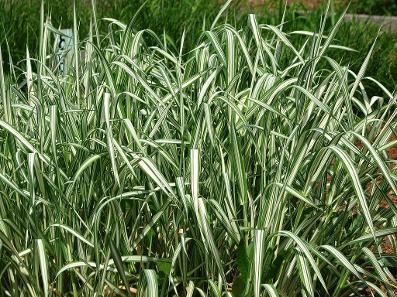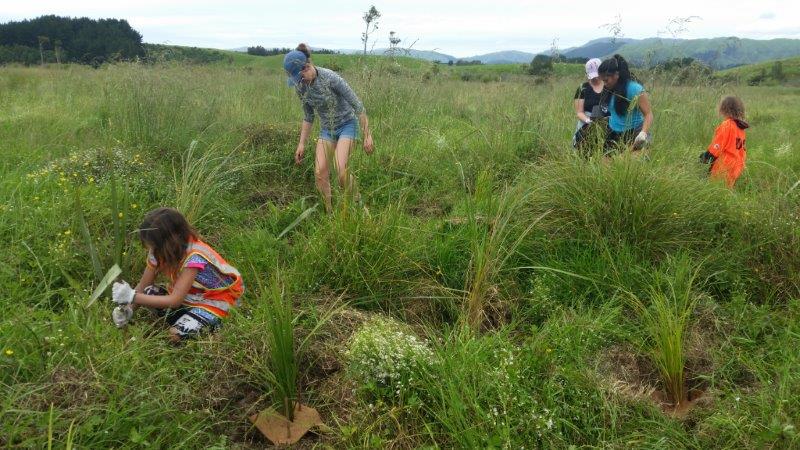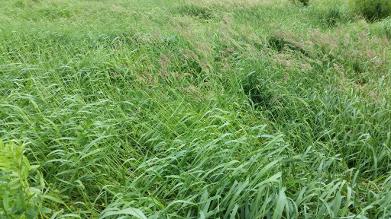2017 - November
DOC is seeking approval to set up monitoring the reed canary grass at
Te Ripo o Hinemata.

Ecology
In many places, P. arundinacea or Reed Canary Grass is an invasive species in wetlands, particularly in disturbed areas.
It has been reported as an invasive weed in floodplains, riverside meadows, and other wetland habitat types around the world. When Canary Reed Grass invades a wetland, it inhibits native vegetation and reduces biological diversity.It alters the entire ecosystem.
The grass propagates by seed and rhizome, and once established, is difficult to eradicate.
DOC have sought technical advice about the reed canary grass, the techies have recommended robust monitoring for the growth rate. The recommended method is to use poles as reference points placed one metre from the reed canary grass fringe and monitor the change every 3 months.
Names
Reed Canary Grass, is a tall, perennial bunchgrass that forms extensive single-species stands along the margins of lakes and streams and in wet open areas, with a wide distribution in Europe, Asia, northern Africa and North America.
Other common names for the plant include gardener's-garters in English, alpiste roseau in French, rohrglanzgras in German, kusa-yoshi in Japanese, caniço-malhado in Portuguese, and hierba cinta and pasto cinto in Spanish.


Uses
A number of cultivars of Canary Grass have been selected for use as ornamental plants, including variegated (striped) cultivars.
When grown, although drought-tolerant, it likes abundant water and can even be grown as an aquatic plant.